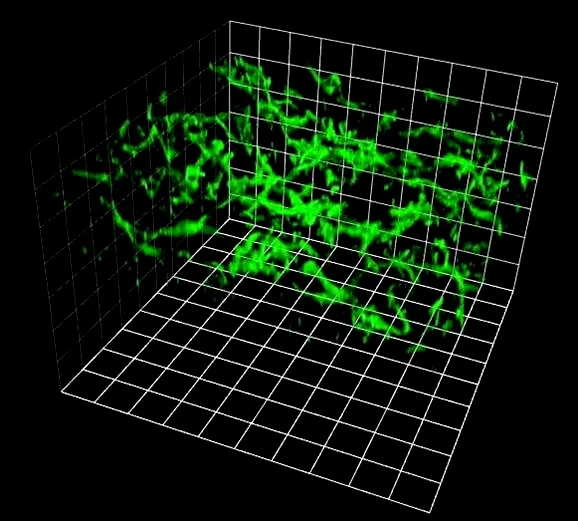In regenerative engineering, the global objective is to replace or repair tissues within the body by applying principles from engineering, cell biology and materials science to improve or replace biological function.
Currently, the approach involves seeding stem cells on a sterile 3D fibrous structure made from a biocompatible/biodegradable material and supplementing the media with growth factors to provide biological cues for cell differentiation and subsequent tissue growth. New investigation paths of smart scaffolds include their application as soft robotics, bioreactors for remediation and novel defence strategies
Functional Materials for Smart Tissue Scaffolds
This research area involves the development of biopolymer-based 3D scaffolds for use in stem cell based tissue engineering. The global objective is to covalently immobilise functional inorganic and biological materials onto the surface of the synthetic polymer scaffolds to regulate favourable cell-scaffold interactions and create responsive environments that will enhance the quality of engineered tissue.
Confocal fluorescence microscope image of a tissue scaffold fragment after covalent attachment of enhanced green fluorescent protein molecules.
Co-developed method generating 3D fibrin scaffolds from purified and modified thrombin.
3D Z-stack of an in vitro glomerular filtration barrier model with conditionally immortalised glomerular Podocytes in green, conditionally immortalised glomerular Endothelial cells in red and an anti-collagen IV antibody in blue



